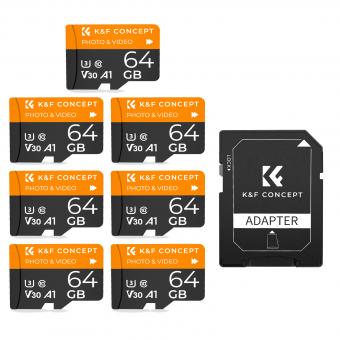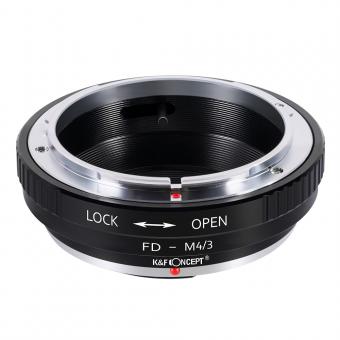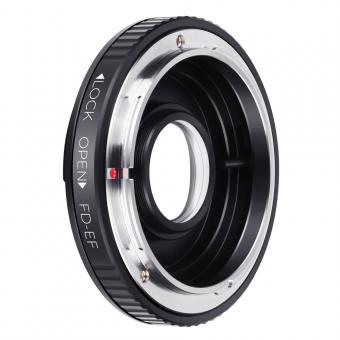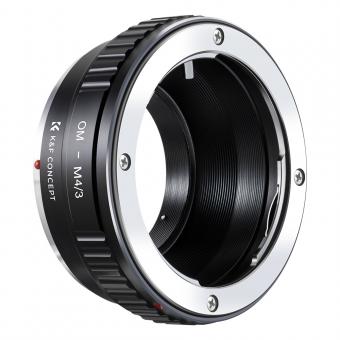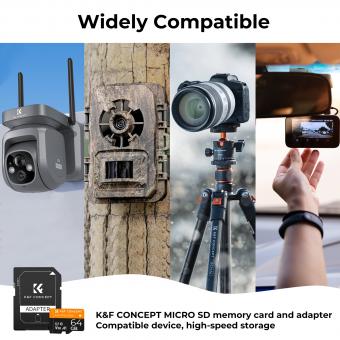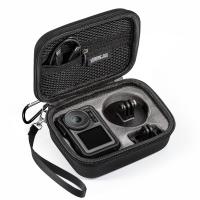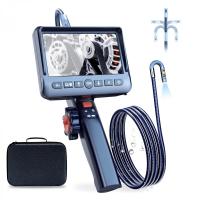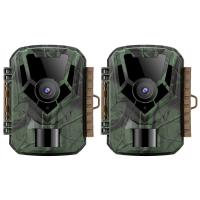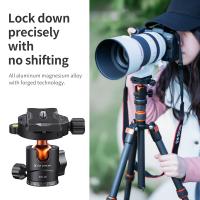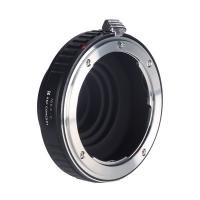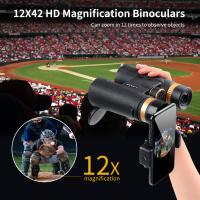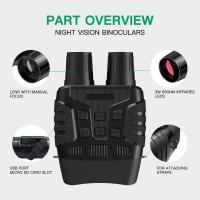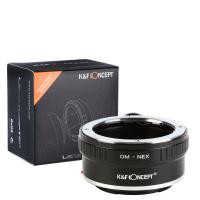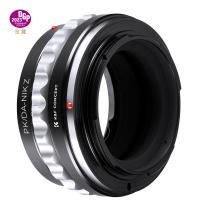What Do Surveillance Cameras Look Like?
Surveillance cameras come in various shapes and sizes, but they typically resemble small, boxy devices with a lens at the front. They can be mounted on walls, ceilings, or poles, and are often equipped with infrared LEDs for night vision. Some cameras are dome-shaped, while others are more discreet and designed to blend into their surroundings. Modern surveillance cameras may also be equipped with advanced features such as pan-tilt-zoom capabilities, motion detection, and high-definition video recording.
1、 Physical Appearance

Surveillance cameras come in various shapes and sizes, but they generally have a similar physical appearance. Traditionally, surveillance cameras were bulky and conspicuous, with a large lens and a visible casing. However, with advancements in technology, modern surveillance cameras have become more compact and sleek, often designed to be unobtrusive and blend into their surroundings.
Today, surveillance cameras can be found in a variety of forms, including dome cameras, bullet cameras, and even discreet mini cameras. Dome cameras are typically mounted on ceilings and have a rounded, dome-shaped casing that makes it difficult to determine which direction the camera is pointing. Bullet cameras, on the other hand, are more cylindrical in shape and are often used for outdoor surveillance due to their weatherproof design. Mini cameras are incredibly small and can be easily hidden or disguised to monitor areas covertly.
In recent years, there has been a trend towards integrating surveillance cameras into everyday objects, such as doorbells, light fixtures, and even household appliances. This has led to the development of "smart" cameras that are designed to be inconspicuous and aesthetically pleasing, blending seamlessly into the environment while still providing high-quality surveillance capabilities.
Overall, the physical appearance of surveillance cameras has evolved to become more discreet and versatile, allowing for effective monitoring without being obtrusive.
2、 Types of Surveillance Cameras
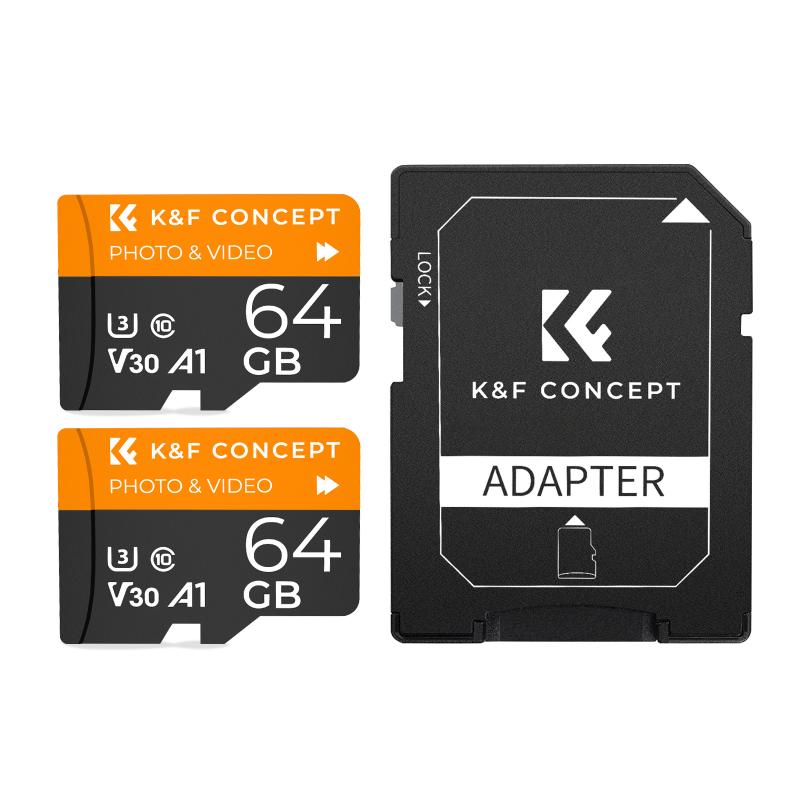
Surveillance cameras come in various types, each designed for specific purposes and environments. The most common types include dome cameras, bullet cameras, PTZ (pan-tilt-zoom) cameras, and IP cameras.
Dome cameras are characterized by their dome-shaped housing, which makes them less conspicuous and suitable for indoor use. They are often used in retail stores, offices, and other indoor environments. Bullet cameras, on the other hand, are more visible and are often used for outdoor surveillance due to their weatherproof design and long-range capabilities.
PTZ cameras are equipped with motorized lenses that allow them to pan, tilt, and zoom to capture a wide range of views. These cameras are commonly used in large outdoor areas such as parking lots and stadiums. IP cameras, which are becoming increasingly popular, use digital technology to transmit video data over a network, offering high-resolution images and remote access capabilities.
In recent years, there has been a growing trend towards the use of AI-powered surveillance cameras, which can analyze video data in real-time to detect and alert on unusual activities or behaviors. These advanced cameras are being deployed in various settings, including smart cities, transportation hubs, and commercial facilities, to enhance security and situational awareness.
Overall, surveillance cameras continue to evolve with advancements in technology, offering a wide range of options to meet the diverse needs of security and surveillance applications.
3、 Installation and Placement
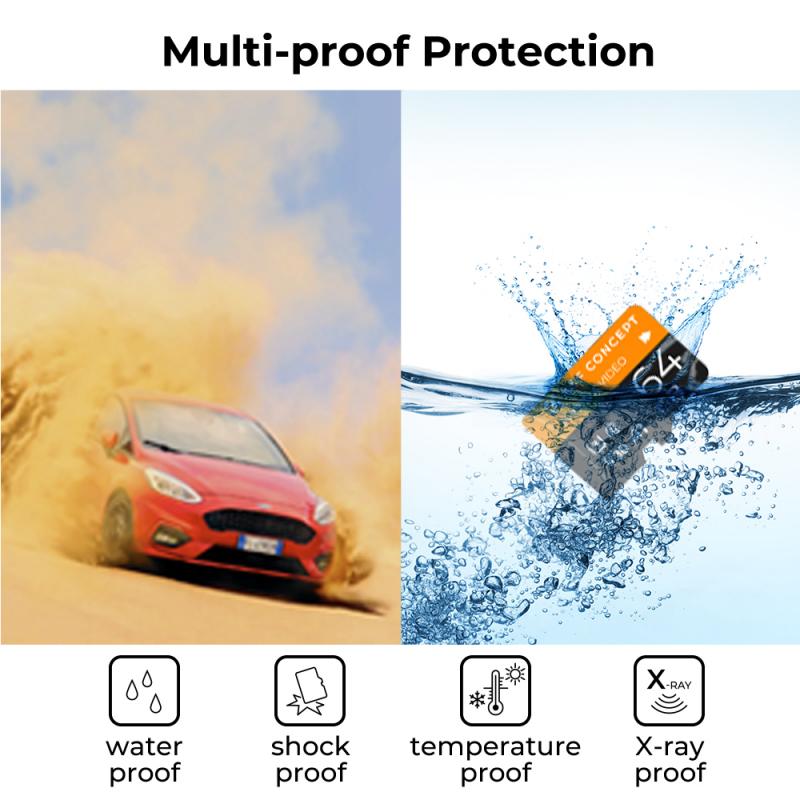
"Surveillance cameras come in various shapes and sizes, but they typically resemble small, discreet devices that can be easily mounted or installed in different locations. They are often designed to blend in with their surroundings to avoid drawing attention. Some common types of surveillance cameras include dome cameras, bullet cameras, and PTZ (pan-tilt-zoom) cameras. Dome cameras are typically mounted on ceilings and have a dome-shaped cover that makes it difficult to determine which direction the camera is facing. Bullet cameras are cylindrical in shape and are often used for outdoor surveillance. PTZ cameras are capable of remote directional and zoom control, allowing for flexible monitoring of a wide area.
When it comes to installation and placement, surveillance cameras should be strategically positioned to maximize their effectiveness. They are commonly installed in areas such as entrances, parking lots, hallways, and outdoor spaces to monitor and record activities. The latest point of view emphasizes the importance of considering privacy concerns and ensuring that cameras are not placed in areas where individuals have a reasonable expectation of privacy. Additionally, advancements in technology have led to the development of wireless and smart surveillance cameras that offer easier installation and remote monitoring capabilities.
Overall, the installation and placement of surveillance cameras should be carefully planned to ensure optimal coverage while respecting privacy rights and regulations."
4、 Technology and Features
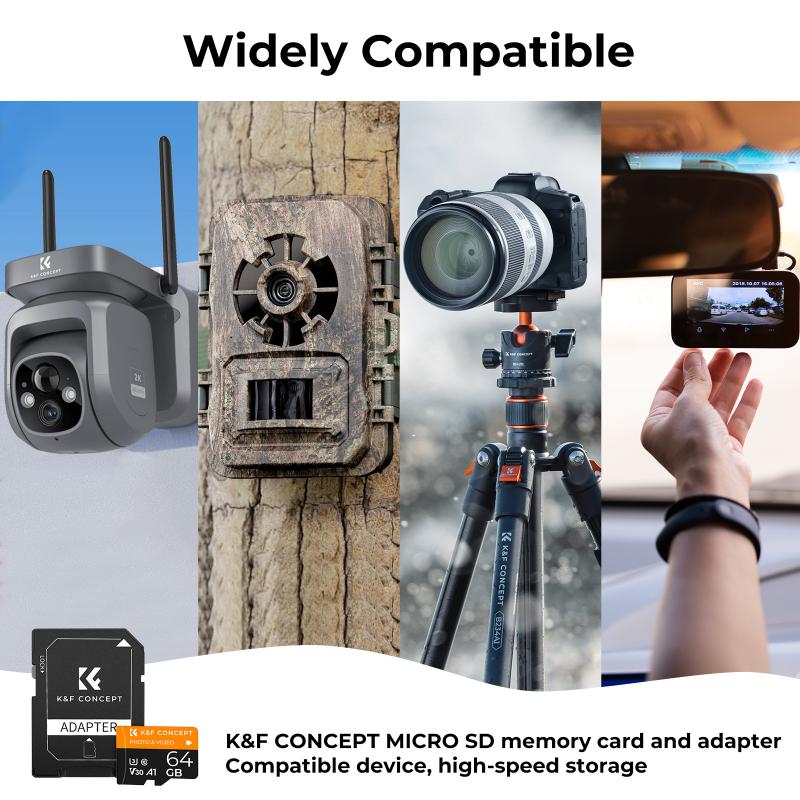
Surveillance cameras come in various shapes and sizes, but they generally resemble small, discreet devices that are designed to blend into their surroundings. They can be dome-shaped, bullet-shaped, or even disguised as everyday objects like smoke detectors or light fixtures. The latest trend in surveillance camera design is towards smaller, more inconspicuous models that can be easily hidden or integrated into the environment. This is driven by the increasing demand for covert surveillance in both commercial and residential settings.
In terms of technology and features, modern surveillance cameras are equipped with high-definition video capabilities, night vision, motion detection, and remote access via smartphone or computer. Many cameras also offer advanced features such as facial recognition, license plate recognition, and even artificial intelligence for behavior analysis. The latest advancements in surveillance camera technology include 4K resolution, wide dynamic range (WDR) for better image quality in challenging lighting conditions, and edge computing capabilities for processing video data directly on the camera itself.
Furthermore, there is a growing emphasis on cybersecurity in surveillance camera design, with manufacturers implementing encryption, secure authentication, and regular firmware updates to protect against hacking and unauthorized access. Additionally, the integration of cloud storage and advanced analytics is becoming more prevalent, allowing for more efficient and intelligent video management.
Overall, surveillance cameras are evolving to be more sophisticated, compact, and feature-rich, catering to the increasing demand for reliable and intelligent video surveillance solutions.






